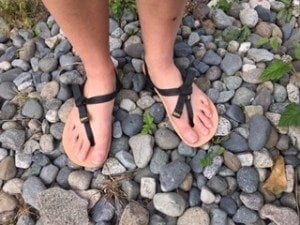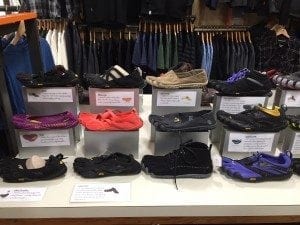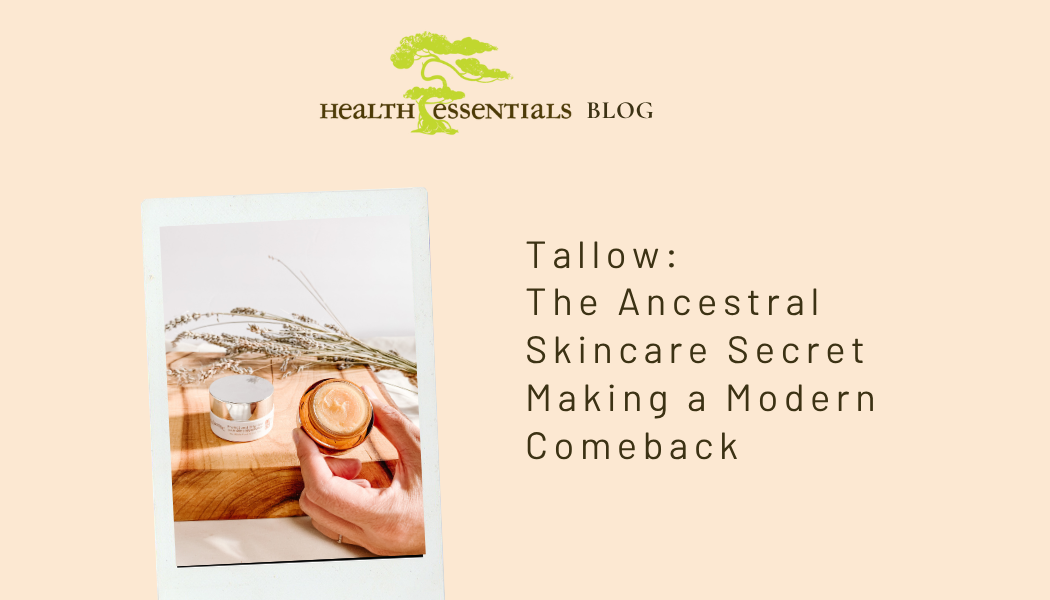Are you confused about what the best footwear is for you? Have you ever been told that the optimum shoe has a snug fit, arch support and cushioning? If you have you’re not alone. At least 10 years ago we started looking at the impact of what has been termed by biomechanists as a foot “cast” . Much the same as if you break your arm and are put in a cast, a conventional shoe keeps your movement restricted, your toes in one spot, often has your arch supported which leads to weakening of the muscles in the foot. Your muscles don’t have to do the work anymore they are supported by the shoe so they atrophy (weaken) . Modern day shoes typically have lots of cushioning, which actually causes more joint impact because your foot isn’t getting the biofeedback (brain body connection) from the surface it is on. Lets break it down:
Your feet have 7000 nerve endings, 33 joints and 28 bones held together by more than a hundred ligaments and muscles. There’s a lot going on in there! The way we use are hands can be compared to the way our feet (are supposed) to be used. Feet really have a huge impact on the way our bodies move. Feet create the foundation for your whole body. Some foot experts say the typical North American’s feet is only functioning at 30%
Effect of Elevated Heels
Originally designed to create a longer stride, the elevated heel shifts our body forward. Our eyes will auto correct our posture to the horizon (which they always do automatically) . When our eye line shifts the shoulders follow, then the pelvis and completely destroy the natural stance we were meant to have for our bodies to function properly. An elevated heel can changes how your foot strikes the ground, making you land further back on your foot instead of landing on the padded forefoot. Wearing shoes with an elevated heal can cause the achilles shorten over time tightening the calf. Every time your foot steps down it tries to use more force to stabilize the body. Kinetic analyses shows that even on hard surfaces, barefoot runners who forefoot strike generate smaller force than heel strikers.
What is proprioception?
Katy Bowman explains it as ‘the ability for one part of your body to know where it is relative to the other parts”. It is a system that gives your body a sense of what is internal so you can subconsciously make informed decisions on movement based on the biofeedback from your environment. Proprioception determines body position, and focuses on the cognitive awareness of the body in space. It senses limbs, trunk, effort, force and heaviness. So what does that mean for us? When we pad our shoes we cut off the bodies natural movement and dull the senses confusing our bodies into moving in an irregular way. Being barefoot (or as close as possible) is giving your body the best chance to move effectively based on your environment.

Having a tight fitting shoes /compressed toe box):
Your toes were meant to move independently just like fingers. Compressed toe boxes lead to toes that are overlapping or with indentations in them. The strength of the individual toes is compromised as well as the ideal base stance. The toes are meant to be the anchor and pivot for the foot. A person can learn to spread their toes over time and can have a more solid and connected base that supports natural movement. Can you move each toe independently?
How to transition gently to barefoot shoes
Listen to your body. Some people can transition in a week, some take a month or longer. As soon as there is muscle pain back off. You can start at home wearing your shoes for short periods of time. Give your feet some exercise experimenting with different surface types. Stretching and maintaining mobility are important for overall well being and it is especially helpful to continue this practice as your body gets used to a new way of moving. If you have more questions, come and visit us at the store and experience the freeing feeling of wearing a barefoot shoe.





